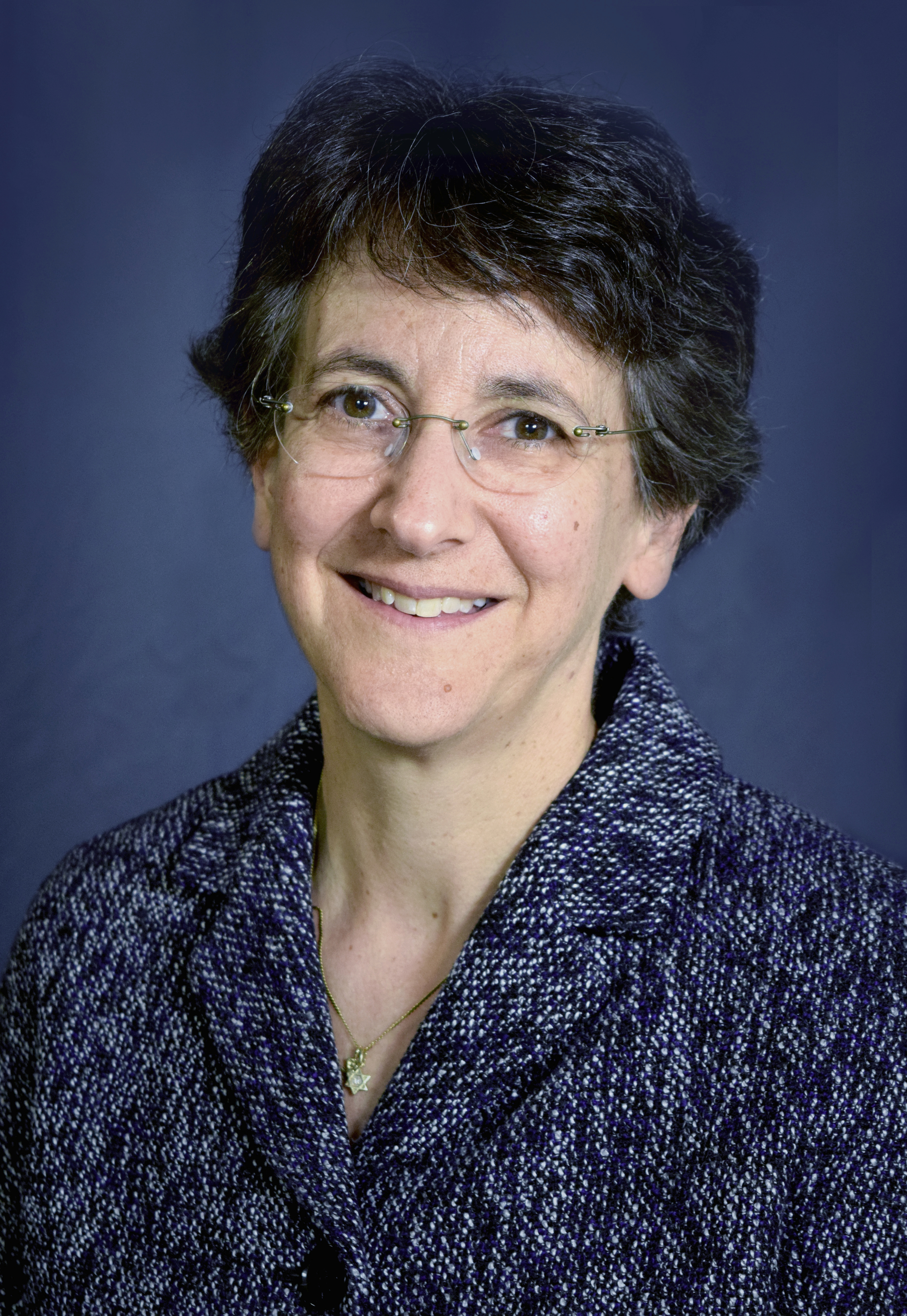
Current societal and religious trends offer Reform congregations in North America an urgent and unprecedented opportunity to reimagine their way into the future.
First, let’s review some key data: The Jewish community is dramatically more diverse than we once realized it was: One in every seven to eight Jews is a person of color; we have a sizeable LGBTQIA+ population; and the number of Jewish-adjacent individuals in our communities is growing. At the same time, religious affiliation is in decline, more houses of worship are shutting their doors than opening up for business, and “Jews of no religion” are on the rise. What’s more, today’s increasing lifespans mean we’re serving as many as five generations of adults in our congregations.
Although this diversity of life experience is a blessing, it can also be a challenge. Often, as with any group of different experiences and generations, its members have varying needs and desires.
What do these and other trends mean for the future of the congregational model? We at the Union for Reform Judaism recognize the need for, at a minimum, five key shifts in the mindsets and behaviors of congregations and their leaders.
Read the rest of this op-ed on eJewishPhilanthropy.com.
Related Posts

Passover 2024: The Three Central Messages of Pesach

Modern-Day Plagues of Injustice and Inequality


